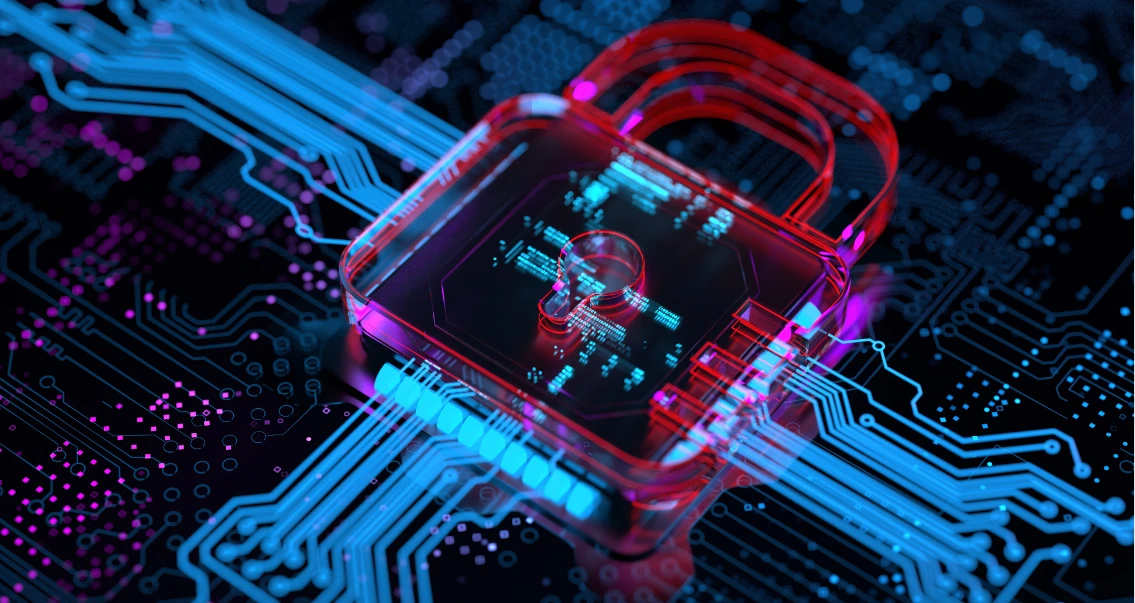Grief Ransomware: In-Depth Analysis, Detection, and Mitigation
The Grief ransomware, also known as PayOrGrief, surfaced in May 2021. This operation explicitly targets corporate networks and employs a multi-extortion approach, demanding payments not only for decryption tools but also to prevent the release of stolen data. Grief ransomware is considered an advancement of the DoppelPaymer and BitPaymer ransomware families, showcasing its evolution in tactics and capabilities.
Target and Methods:
The primary targets of Grief ransomware are industries such as healthcare, financial services, entertainment, government, and education. However, there have been some instances of limited targeting toward small to medium-sized businesses (SMBs).
Grief ransomware is distributed through various methods, including using Cobalt Strike or similar frameworks and email phishing campaigns. Additionally, Grief operators have been observed using brute force attacks against Remote Desktop Protocol (RDP) services as part of their campaign strategies.
Detection and Mitigation Strategies:
DataGuard’s Guardian Absolute program can identify and halt any malicious activities and items associated with Grief ransomware. For those without DataGuard Guardian Absolute, detecting and mitigating the risk of Grief ransomware requires a multi-layered approach involving technical and operational measures. Here are some steps organizations can take.
- Use anti-malware software or security tools to detect and block known ransomware variants, utilizing signatures, heuristics, or machine learning algorithms to spot suspicious files or activities.
- Monitor network traffic for indicators of compromise, such as unusual patterns or communication with known command-and-control servers.
- Conduct regular security audits and assessments to identify network and system vulnerabilities and ensure that all security controls function effectively.
- Educate and train employees on cybersecurity best practices, empowering them to recognize and report phishing emails or potential threats.
- Implement a robust backup and recovery plan to have data copies available for restoration in case of an attack.
Using the Repair or Rollback feature, the DataGuard Guardian Absolute program can restore systems to their original state, free from re-infection. For those without DataGuard Guardian Absolute, several additional steps can help mitigate the risk of ransomware attacks like Grief.
1. Employee Education
Organizations should educate their employees about the potential risks of ransomware and how to identify and avoid phishing emails, malicious attachments, and other cyber threats. Employees should be encouraged to promptly report suspicious emails or attachments and refrain from opening them or clicking on embedded links or buttons.
2. Implement robust password policies
Organizations must enforce solid and unique passwords for all user accounts. Regularly updating and rotating passwords is essential to enhance security. Passwords should be at least eight characters long and include a combination of uppercase and lowercase letters, numbers, and special symbols
3. Enable multi-factor authentication (MFA)
Organizations should enable MFA for all user accounts to add an extra layer of protection. This can be achieved using mobile apps like Google Authenticator or Microsoft Authenticator or by implementing physical tokens or smart cards.
4. Keep systems up to date with regular patching
Regularly updating and patching systems is vital to fix known vulnerabilities and prevent attackers from exploiting them. This includes updating all devices’ operating systems, applications, and firmware and turning off unnecessary or unused services or protocols.
5. Implement robust backup and disaster recovery processes
Organizations should establish and maintain regular backup and disaster recovery (BDR) procedures to ensure they can recover from ransomware attacks or other catastrophic events. Regular backups of all critical data and systems should be created and stored securely in an offsite location. Regular testing of these backups is essential to ensure they are functional and readily available for quick restoration when needed.
When organizations combine proactive cybersecurity measures with the comprehensive protection offered by DataGuard Guardian Absolute, they can significantly improve their ability to withstand Grief ransomware and other emerging cyber threats. DataGuard Guardian Absolute provides advanced threat detection, real-time monitoring, and secure backup features, creating a well-rounded strategy to safeguard data and systems from the severe impact of ransomware attacks. This holistic approach enhances organizational resilience and effectively shields valuable assets from the constantly growing risks in the digital world.




